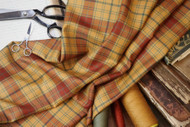What is the Tartan Registry?
Posted by The Celtic Croft on Nov 23rd 2019
If like so many people are the world, you have been entranced by all things Scotland, Celtic, and Outlander over the past few years, you will have noticed the predominance of the tartan whenever any proud Celt wants to demonstrate their heritage to you.
But checking out the tartan registry and deciding on a pretty pattern isn’t the purpose of the tartan. No, a tartan, like a coat of arms, tells a story – the story of the family who claims it.
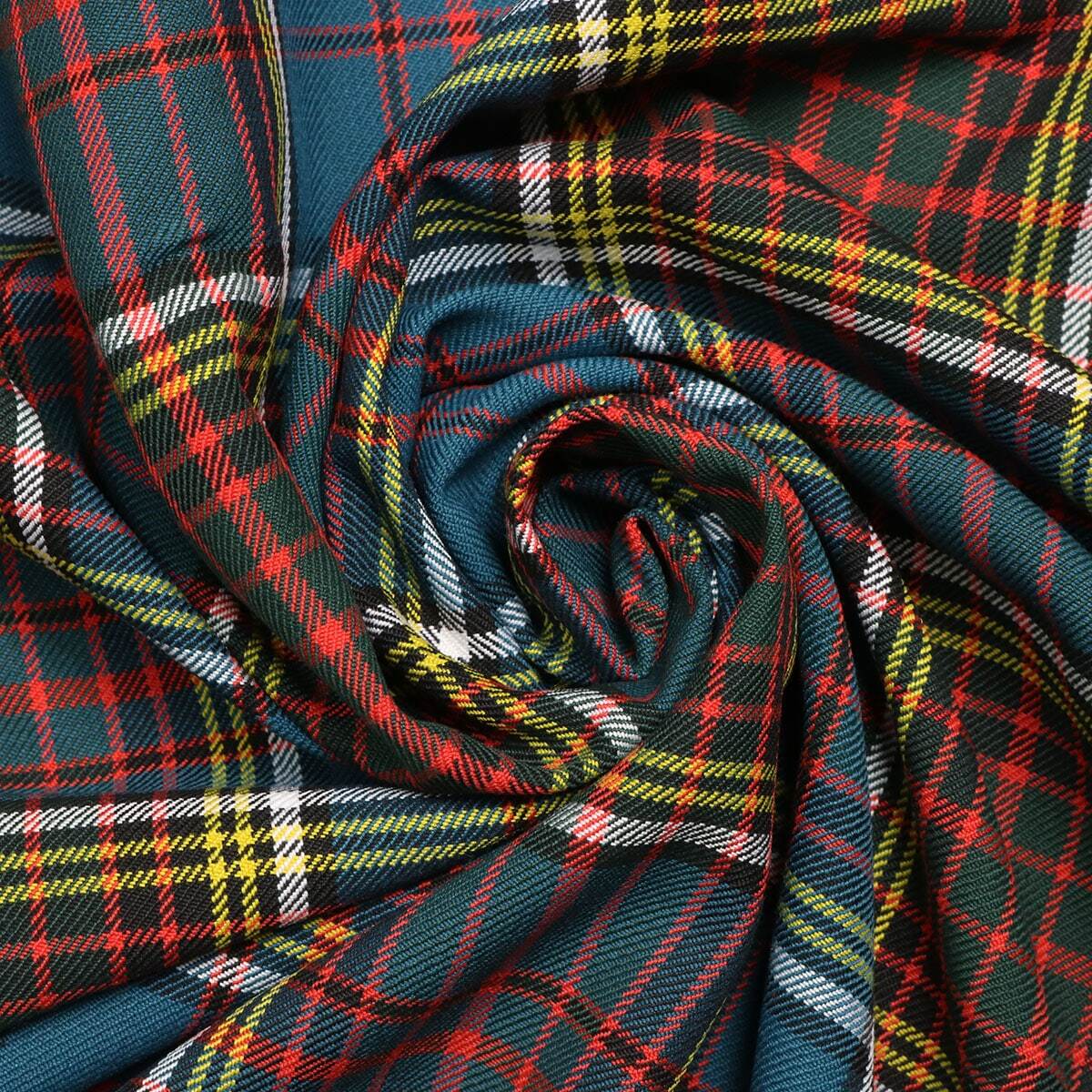
Let’s Start With the Coat of Arms
Back in the day (before people could read, but after they learned about going to war), a family’s coat of arms helped others to figure out who you were and where your loyalties lay. This was particularly useful on the battlefield when you didn’t want to find yourself inadvertently fighting under the wrong banner.
What Features on a Coat of Arms?
A coat of arms was initially designed around basic symbols to represent your family. There are four main parts to a coat of arms: the shield in the center (which could be an actual shield but was more often an animal), the helmet, a crest, and a wreath.
Can any Animal be used on a Coat of Arms? Even Fictional Ones?
Well, the city of London’s coat of arms features a dragon, probably thanks to the patron saint of England who is known for slaying a dragon. The official coat of arms of the Prince of Wales includes a unicorn, which also features on the official coat of arms of Scotland. And if you want to find out what a mermaid would look like on a coat of arms, check out Warsaw’s.
So yes, any animal can be used on a coat of arms.
What do the Images on a Coat of Arms Mean?
Historically, the design of the coat of arms was used to display ideas or themes. These themes were used to communicate with others and give a sense of who the clan was.
Watch out for the coats of arms with a lot of red on it, as red was the symbol of military strength. You may want to avoid fighting against someone wearing the cypress symbol, which represented death (albeit with the promise of eternal life).
The positioning and posture of any animals used would also vary, with the most common position being rampant (standing on two hind paws). Still, you may want to be wary of those animals posed in the guardant (looking towards you) position.
Who Owns the Coat of Arms?
Coats of arms do not belong to a family, instead, to a specific person in that family. For example, the Queen of Great Britain and Northern Ireland has a personal coat of arms, which differs slightly from that which was used by her father, and will change again when she passes the title to the next monarch.
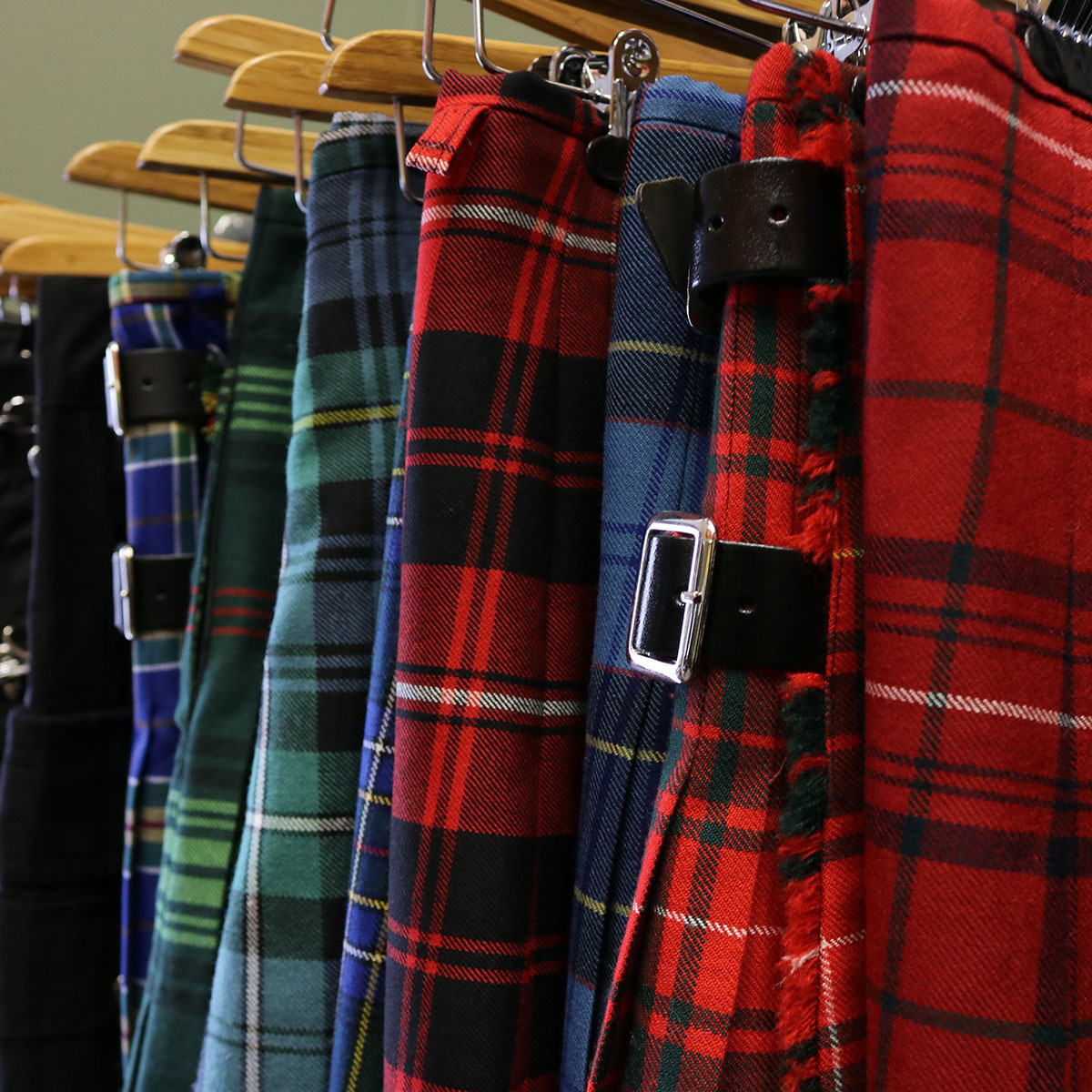
Hang on, What about Official Ones?
Corporate, or civic, coats of arms are slightly different. Some prestigious schools and colleges, such as Brown, Harvard, Princeton, and Yale, all boast a coat of arms, as do branches of the military (which seems appropriate, given that they are coats of ARMS!). Various branches of the federal government also have an official coat of arms.
I want one! How do I get one?
If you want an official coat of arms, you have to do more than decide on what animals, crests, colors, and mottos you want, then turn up at the College of Arms and expect to have it recognized.
A genuine coat of arms is decided on by the Earl Marshall, who will consider whether your application has merit (usually by checking to see whether you have received specific mention from the Crown).
So they’re not for just anyone, then?
While you may fancy that you’re entitled to use a coat of arms, and nothing is stopping you from creating your own design, be aware that a coat of arms is more than just a pretty picture with cute animals and attractive coloring. It represents a particular honor bestowed on an individual, or an organization, and has gravitas.
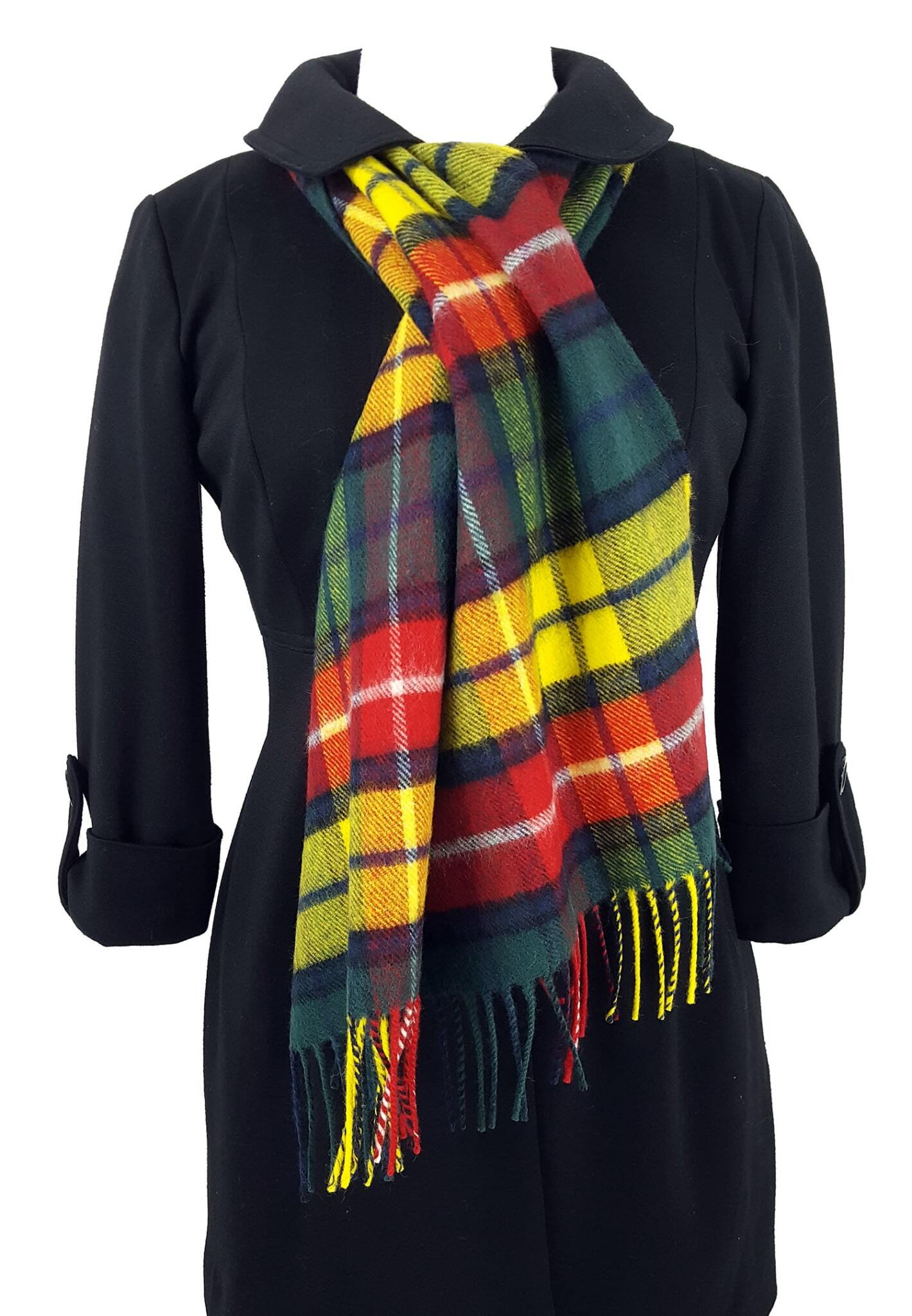
Back to the Tartans
Like a coat of arms, anyone can “have” their own tartan. But if you are proud of your roots and all things Celtic, you won’t get just any tartan. You will want to investigate your ancestry and find the tartan that most represents your family and heritage.
What exactly is a Tartan?
Tartans are patterns woven into the material. Each tartan has a “sett” – the colored lines which make up its thread count. The colors are woven in mainly horizontal or vertical lines, and the combinations are its “fingerprints” – unique to that particular tartan.
What are Tartans Made from?
Traditionally, tartans are made from wool, as they were used for warmth as well as recognition. These days, tartans can be from any material, but the genuine articles stick with the Celtic tradition of using quality, pre-dyed wool.

Do Tartans Tell a Story?
Not in the same way that coats of arms do, but yes, there is a story behind the tartan. You can identify yourself as a member of a clan, and therefore part of that clan’s history and heritage, by your choice of tartan. It was forbidden to wear tartans during the 18th century. This traditional dress was seen as the uniform of rebels against the Crown.
The colors in tartans tell the story of the clan, region, or organization in colors. For example, the colors in the Isle of Skye tartan were specifically chosen to represent the natural beauty of the area.
Each of the military branches in the United States have their own tartan. The colors for the Army tartan are black, khaki, light green, dark blue, olive, and gold. Each of these colors represents something unique and special to the Army: black is for the beret, khaki is for the summer uniform, light green is for the sniper and the summer uniform, dark blue for the dress uniform, olive for the combat uniform, and gold for the cavalry.
Another fascinating tartan is the Ulster tartan. This pattern was lost for centuries and unearthed in 1956 during construction. After careful restoration and research, the colors were identified to be red, dull green, dark brown, and orange or yellow. This tartan was able to be re-created and is now knows as the “red Ulster tartan.”
How are These Regulated?
Anyone can, in theory, create their own tartan, and apply to have it registered with the Scottish Register of Tartans.
They will need to check that your choice of design is unique and that if you are registering it under a name, that you have the permission to use that name. There are also rules around who can register (or amend) an official tartan for a clan (hint – if you’re not the clan chieftain, you can’t do it).
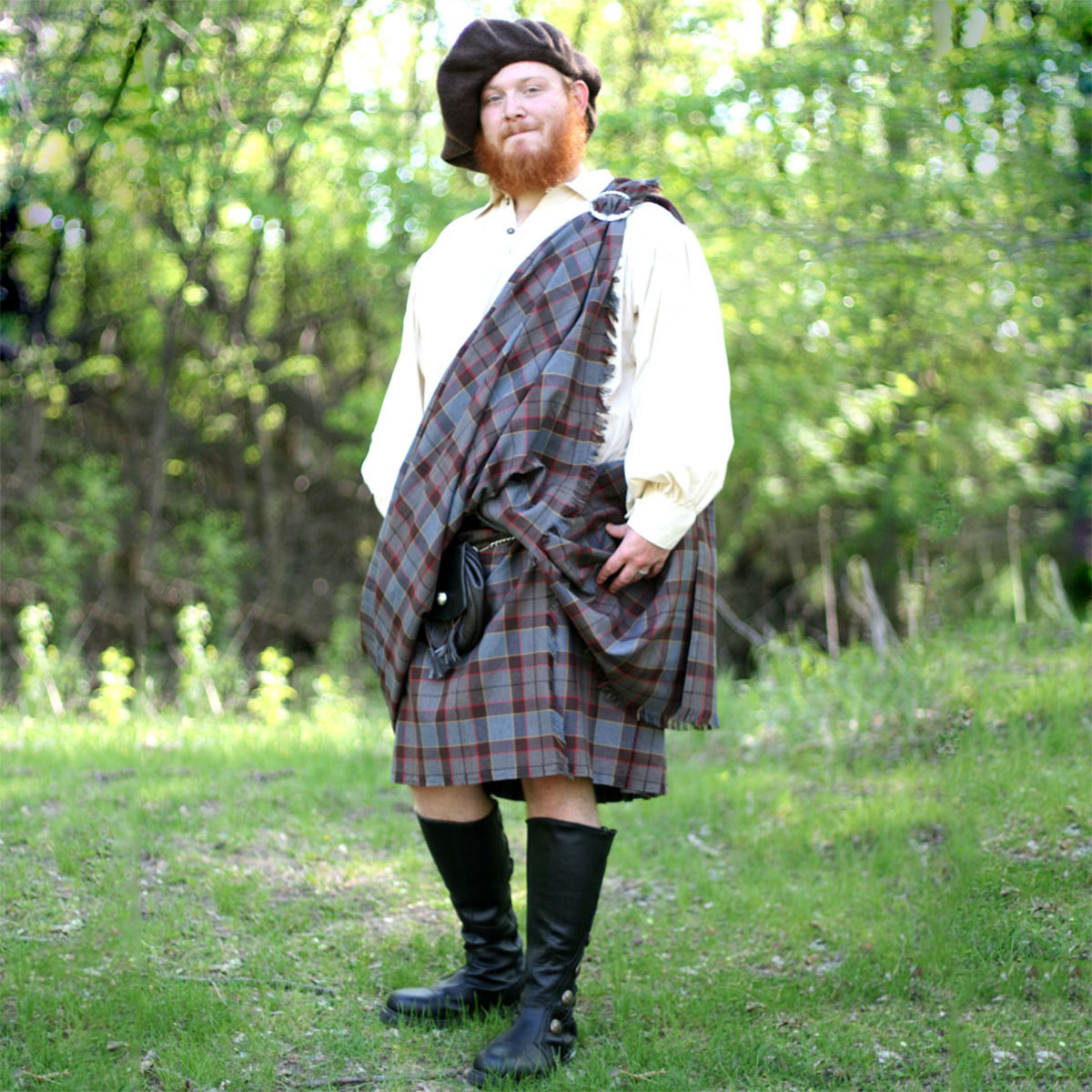
Are the Genuine Products Worth it?
Scotland is a country of contrasts – beauty, heritage, sorrow, whiskey, battles won and lost, and a slightly dodgy claim to fame thanks to a murky creature rumored to have her home in a remote loch.
Everything is part of a rich tapestry (or tartantry) that make up this country, which many of us are proud to claim as part of our ancestry. So visit the Scottish Register of Tartans and find out what you should be wearing on St Andrew’s Day.
And check out The Celtic Croft. We specialize in all things Celtic, and have a wide variety of kilts and accessories to proudly show off your heritage. Learn more about clans and history so you will know where your family coat of arms and tartan come from.

